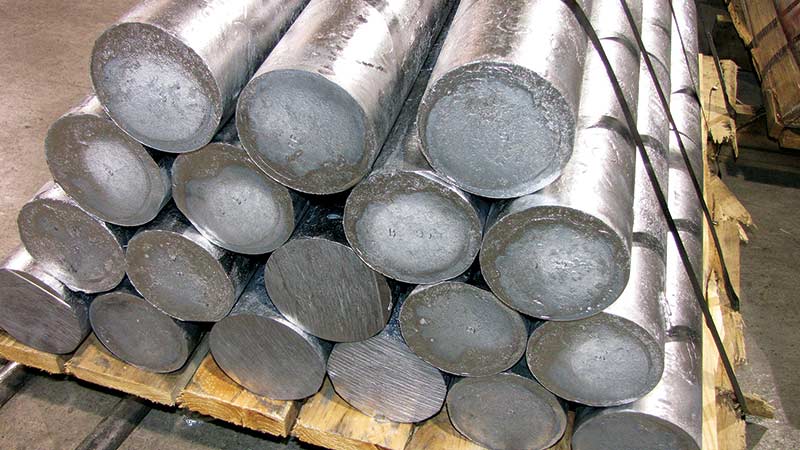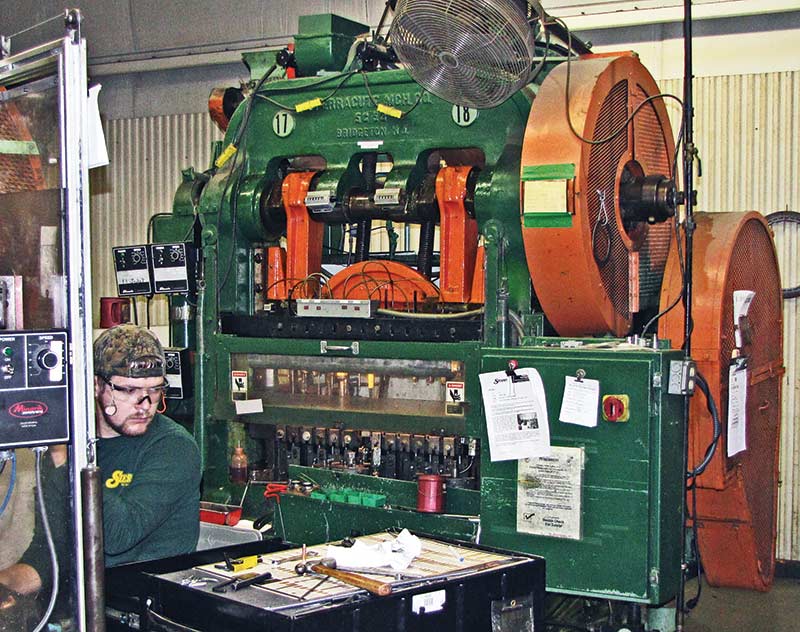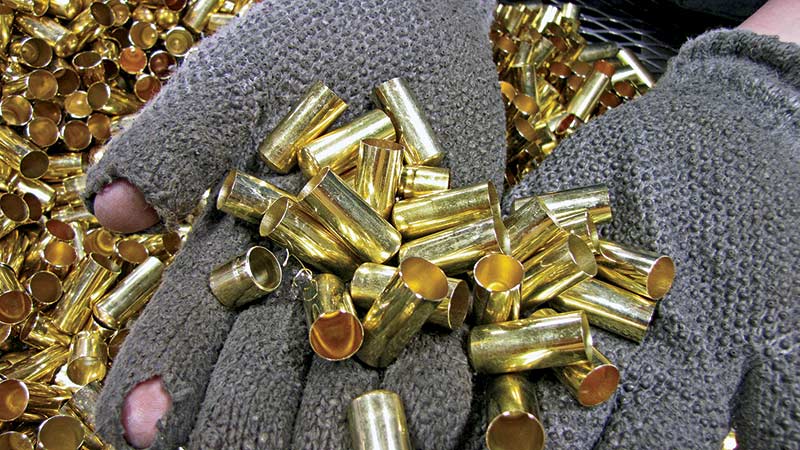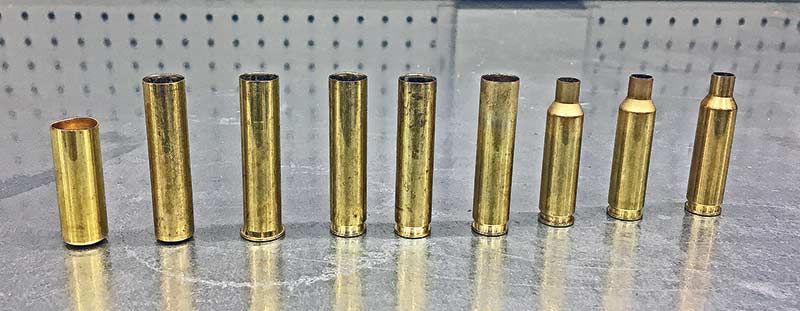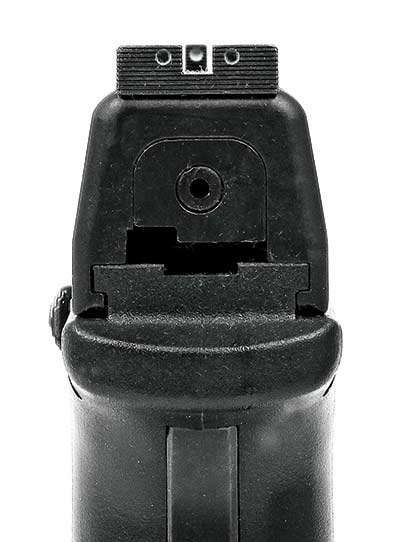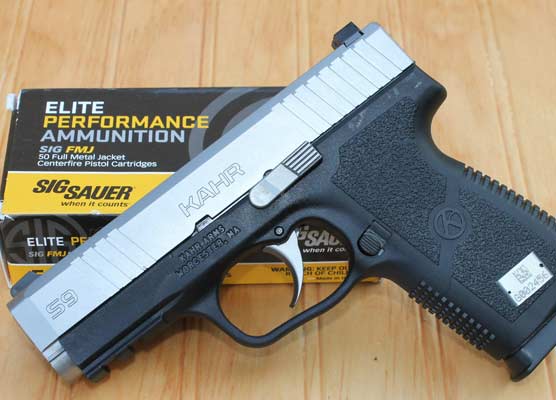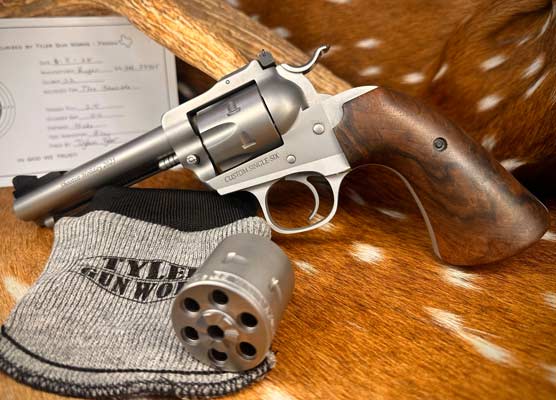Ammo Making Mania
It’s More Complicated Than You think
I know … I know … I’m tired of it too. But I know how to make ammo magically re-appear back on the shelves. No, really, I do. Just stop buying it and hoarding it. Let the makers get caught up and you guessed it — your local gun store would have ammo on their shelves again. “How’s that again,” you say?
But first a few things you might not really know about making ammo. It’s not quite as simple as you may think. If you reload, and especially if you cast your own bullets, you have a better handle on understanding how things work. But even then, you’re starting out with completed components. The bullets are likely already made, cases are ready, primers pre-made, powder off the shelf, your press is over-the-counter, powder measure and all the tools and bits. All ready to go. All you’re really doing is putting it all together, like building a model when you were a kid. Some assembly required.
But what if you had to buy the raw materials and craft your own brass cases? What if you had to scrounge up copper sheeting then create a machine to stamp out the plugs of copper (or brass) so your huge machine could pound out cases or jackets in steps? What about primers? The raw goods to make the go-juice for them, dies, machines to build them, smart people who know how to do it, etc. are all part of the deal. And somebody has to mine the lead, copper and other ores. In between looking at lead and copper ore, then looking at a completed bullet in your hand are many almost magical steps. No small amount of time, labor, smarts, energy, money and experience are devoted to almost miraculously create a bullet or loaded cartridge.
Oh, it also takes people willing to be trained, then just as willing to show up and work three shifts in a dirty, greasy, loud factory, sometimes actually risking death or serious injury — just so we can go plinking with our .22.
You put your key in your car and know if you turn it the car will start. But you also likely can’t actually explain how it occurs, right? Ditto for the box of ammo you’re complaining you don’t have enough of right now. You want it — likely even have some — but it’s easy to overlook how it came to be.
The Steps
Let’s meander on an extremely abbreviated trip down the manufacturing line of a typical ammo plant. Scale it up or scale it down, the basic steps are always there.
Step 1: It pretty much all starts here with raw materials. Ammo makers source lead (often as wire on rolls for cores), sheet copper and/or brass and other metals to make cases, primer cups, bullet cores, jackets and whatever else is needed. I’d count powder as a sort of “raw goods” too.
Step 2: For cases, sheet brass get stamped into “cups” like this. A huge machine does it using dies. This is sort of step one in creating a case or a copper jacket.
Step 3: Here’s a typical machine in the process of stamping out cartridge cases from this original “cup.” One machine does one cartridge case design. If you want to change it to another, everything shuts down while engineers and skilled tradespeople re-tool the machine with new dies and tune it up. Keep in mind bright, agile and knowledgeable people are needed to assure these machines do what they’re supposed to be doing.
Step 4: After a few stampings, the original cups begin to look like cases. Keep in mind this takes many steps, and involves many machines and very high precision. Rims and extractor grooves are actually cut with a lathe-like machine! Note the actual human hands in the photo too. There’s no mystical chanting involved, just hard work by real people.
Step 5: I lined these up when I was touring the SIG ammo factory. From left to right, things start with a cup (already drawn to size a bit here), then to the final case, which is then loaded elsewhere in the factory.
Step 6: Believe it or not, this is what it takes to make a .380 case. The cup on the left, is followed by the first drawing, another to thin and stretch it, then another, continuing the process. This is followed by a trim to length and a stamping to form a raw rim. Note how in the next step, the rim is turned to size, followed by a lathe-cut extractor groove, the rim is then trimmed to correct SAAMI spec size, then final case sizing and inspection is done. Then the primer, powder and bullet are loaded in separate steps (possibly in another factory) and you get your box of .380 — or any other caliber.
Step 7: This is the same line-up of .380 components. Note how the case walls are worked thinner, the case head begins to take shape, the primer pocket is formed, the primer hole is drilled and you eventually arrive at a complete — and to spec — .380 case ready to be loaded.
Step 8: Here’s how the process looks for a bullet. The drawn copper jacket is mated to a formed lead core, but there are many steps to get here.
Step 9: Some “body” has to do it! Some companies make sure each loading station is manned by a tech (this is at Black Hills). But most bigger companies have the machines on auto-pilot punching out loaded rounds on their own, pounding away while a tech checks things out now and again to make sure things are proceeding correctly.
Step 10: What all the hoopla is about — a loaded cartridge. The next time you burn up 500 rounds of .22 in an afternoon, take a moment to thank all those people who were involved so you could have a bit of fun.
So, What Now?
I recently had a reader ask me if I knew where he could “… get some .223 ammo.” I asked him if he just needed a box or two to load up his protection rifle and he said, “Oh, no, I have that covered. I have about 35,000 rounds, but wanted to buy some more.”
And therein lies the issue. So just stop for a bit, if you would? I know it seems almost painful to actually not go shooting for a few months — but you’ll survive. Honestly, you will. And the majority of your defensive shooting skills won’t disappear either. Do some dry-firing, get an electronic gadget if you want to play at practice, buy an airsoft gun or even an expensive air rifle to play with — but give it a rest for a while. Then the makers can get caught up.
And no, there’s no great conspiracy. If there was, I’d have to be a part of it since I’d know about it, and I’d stomp my feet and I’d cry foul and let the entire world know. There just isn’t. We’re just buying it all.
In the meantime, I think I need to go buy 5,000 rolls of toilet paper for no particular reason. I mean, well, you know … you never know do you?
Ronin Leather Holsters
I stumbled onto a gold mine and his name is David Galloway. A veteran, his holster shop is what we all want to find. David does first-class work, but it’s affordable and turn-around is fast. His designs are all well-grounded in the real world and encompass just about any need anyone could possibly have when it comes to CCW holsters and accessories like mag carriers, belts and such. The SW Special shown here, which he made for my Hellcat, retails for $75! And there’s no waiting 12 weeks. I can find no fault at any level with David’s workmanship, business model and commitment to quality. David’s a custom maker who’s not a prima-donna.
We’ve communicated quite a bit now and I remain impressed by his enthusiasm and drive. As he says on his website: “I will never send out a holster I would not use myself — or give to a loved one.” You’ve got to see his “Tanker” rig too. At only $95, once the word gets out he’s going to own that market! Tell him Handgunner sent you.
For more info: RoninLeatherHolstersLLC.com, Ph: (360) 870-9904, [email protected]
Big Sights!
I can’t see my sights well any longer. I’ve tried about everything when it comes to irons, but I don’t really want a red dot on my EDC gun. What to do? Then Bill Meares called me and sent this test gun. It’s another reason my forehead is flat these days — I keep slapping it saying, “Why didn’t I think of that!” In a nutshell, Bill designed a series of “biggie-sized” front and rear sights for a handgun and his initial run fits GLOCKs. The idea is a really, really big front and rear sight is easier to see. Duh — it is, and he’s right. The red “test” gun has four rears and four fronts very cleverly designed so you can rotate the plate to bring up any of the sizes, front and rear. A dealer would have this test gun on-hand (dealers, are you listening?). You just dial in the rear and front combo you like best, then you buy those sights from the dealer and install them on your gun. No fuss, and no muss. It works like gang-busters and you honestly can’t imagine the difference until you see it for yourself.
Suddenly, my 66-year old eyes can see the sights well enough to get to work fast and surely. I want them to fit other guns now and Bill says if it goes well, he’ll definitely be doing more models later. Check out the sight picture through the “Big Sights” and a common sight picture in the pics. Get it now?
For more info: BigSightSystems.com, Ph: (833) 900-5326, [email protected]

